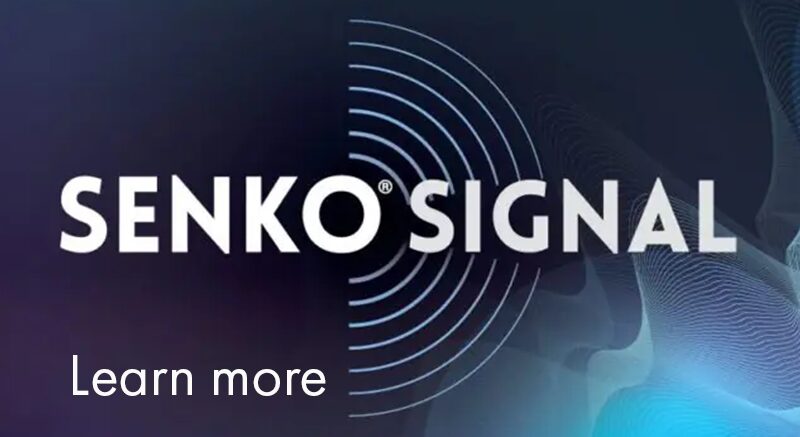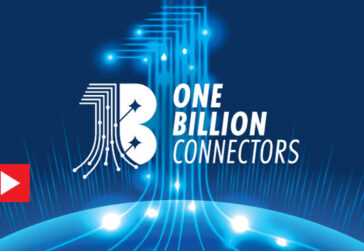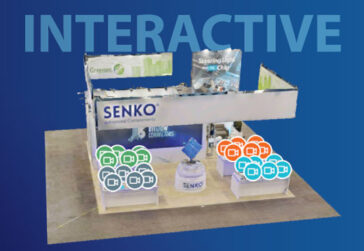Advantages of Using SENKO’s SN-MT for Data Center Cabling
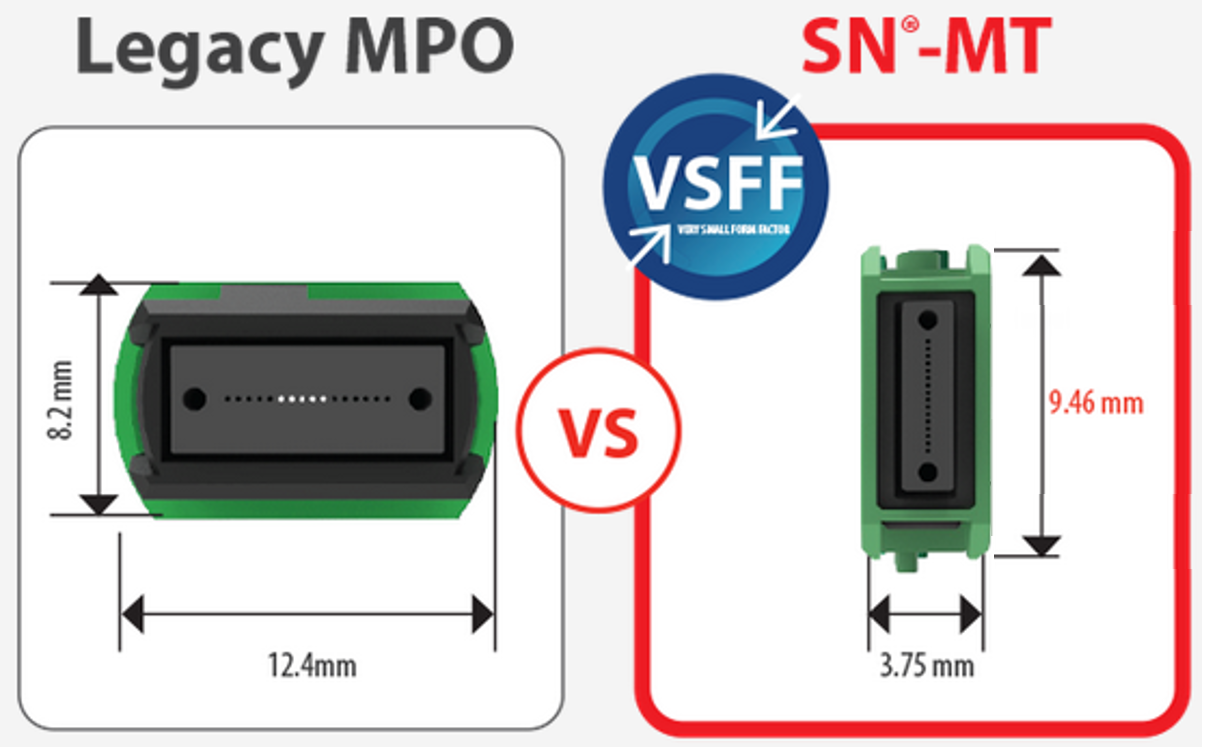
A significant trend in this landscape is the rise of data center-as-a-service. With the rising costs of rack space, servers, and inter-data center connectivity, centralizing server locations has become a more economical solution, especially when deploying high-bandwidth transceivers over long distances. To further cut deployment costs, both public and private cloud service providers have embraced a pay-as-you-go model, as rack space in data centers constitutes one of the largest operational expenses.
SENKO’s SN-MT connector represents the latest advancement in Very Small Form Factor (VSFF) multi-fiber connector technology, designed to enhance fiber density and future-proof data centers for next-generation high-speed transceivers. The SN-MT ferrule can achieve a density that is 2.7 times greater than that of an MPO connector while utilizing the same reliable alignment techniques. Each SN-MT connector can support up to 16 fibers, allowing for a total of 216 connector ports within a 1RU patch panel, based on 54 quad SN adapters. This results in a total capacity of 3,456 fiber connections with the use of SN-MT16 connectors.

SN-MT for Inter Data Center Cables
High quality and efficient cable installation is paramount in hyperscale data center deployment. Especially with ultra-high-density cable, the time taken to splice fibers can significantly delay network deployment, thus a pre-terminated cable solution is highly valuable. However, as the number of connectors needed to be pre-terminated, deploying conventionalMPO connectors will either make the cable to be too large to be hauled through ducts, or the connectors need to be staggered over a much longer length which complicates fiber slack management in the patch panel.
Ultra-high-density cables pre-terminated with SENKO’s SN-MT connectors are an ideal solution for inter-data-center connectivity, offering both exceptional performance and ease of deployment. The latest ultra-high-density cables have up to 6912 fibers using 200-micron rollable ribbon fiber. The SN-MT connectors are designed with V-grooves specifically for 200-micron fibers.
Together with a staggered connector breakout, the VSFF design of the SN-MT connector maintains the profile of the cable. This allows a protection tube and hauling eye to be affixed to the pre-terminated cable for easy hauling through ducts and other constrained spaces.
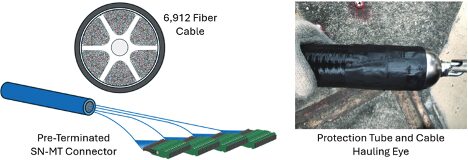
For instance, consider a scenario where there are 8 units of 1RU leaf switches in a rack, with a total of 112 servers connected to a single 1RU leaf switch. This would result in 896 optical links between the server racks and the leaf switch rack. Employing a point-to-point method in this case would be impractical due to the overwhelming number of optical jumpers. By using high-density structured cabling with 200µm fibers and SN-MT connectors, the number of cables required between the leaf switches and servers can be reduced from 896 jumpers to just 112 SN-MT trunk cables.
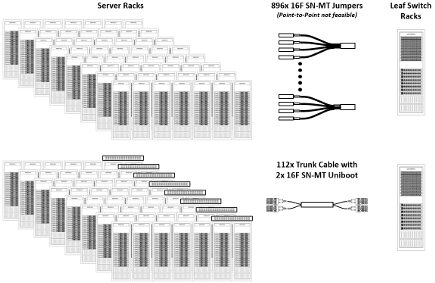
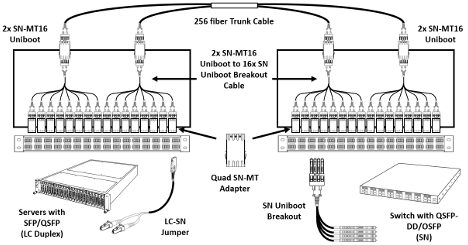
If the servers are equipped with MPO-based transceivers, a 16F SN-MT to MPO jumper can serve as the link between the server and the patch panel, while trunking can be set up with SN-MT Uniboot connectors to maximize density. In the switch rack, SN-MT jumpers can be used to connect the patch panel to the switch.
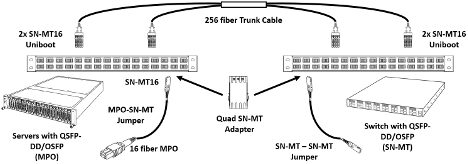
Conclusion
The growing demand for cloud-based solutions has driven the adoption of centralized data center models and pay-as-you-go services, which help mitigate rising operational costs. Innovations like SENKO’s SN-MT connector further enhance the efficiency and scalability of data centers by significantly increasing fiber density and supporting next-generation high-speed transceivers. In addition, it also significantly increases the speed of deployment. These advancements underscore the critical role of data centers in enabling technological progress and meeting the demands of a rapidly digitalizing world.
